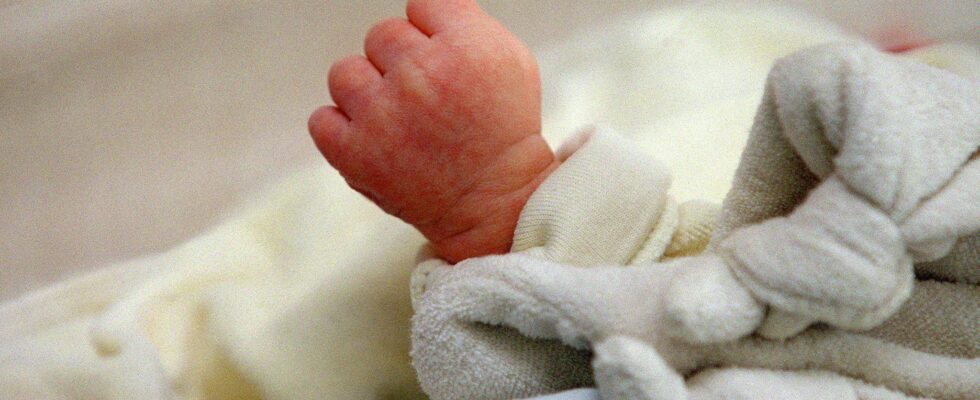France had 68.6 million inhabitants on January 1, 2025, an increase of 0.25% over one year, limited by a further drop in births and an increase in deaths last year, indicated this Tuesday 14 January l’nsee. In 2024, 663,000 babies were born in the country, or 2.2% less than the previous year, which corresponds to the lowest number of births in one year since 1946. The birth rate was already at its highest low since this time last year.
This new decline is explained “mainly by the decline in fertility”, specifies the National Institute of Statistics in its annual demographic report. The fertility rate before age 40 decreased in 2024, including for women aged 30 to 39, “who were not or only slightly affected by the decline in fertility before the health crisis”.
In this context, the total fertility index (TFR) also continues to decline: it stood at 1.59 children per woman in mainland France in 2024, its lowest level in more than a century. It also reached 1.59 in 1919, at the end of the First World War. This decline is part of a medium-term trend: this index has been decreasing since 2010, when it stood at 2.02 children per woman in mainland France.
Barely more births than deaths
In 2024, there will also be 646,000 deaths, a number increasing by 1.1%, due to “the arrival of large baby boom generations at ages of high mortality”.
Consequence of these developments: the natural balance of the French population, i.e. the difference between the number of births and deaths, is barely positive (+17,000 people). This is also the “lowest level” observed since the end of the Second World War.
The growth of the French population was mainly driven by net migration (estimated at +152,000 people), i.e. the difference between the number of people entering and leaving the territory.
As for life expectancy at birth, it has stabilized at a “historically high level”: 85.6 years for women and 80.0 years for men. Since the mid-1990s, life expectancy at birth has increased less quickly for women than for men, thus reducing the gap between the two sexes: it stood at 5.6 years in 2024, compared to 7.1 years in 2004
